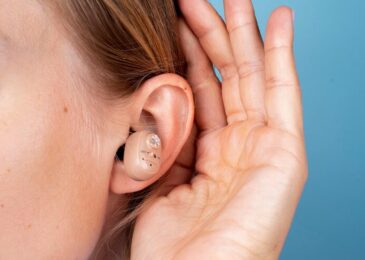R.E.S.T or Restricted Environmental Stimulus Therapy which is more commonly referred to as floatation therapy is immensely popular therapy that people from all walks of life indulge in simply because of the multitude of health benefits that it provides. Floatation therapy has been found to work wonders as a remedy towards both mental and physical health.
From celebrities and soccer moms to high value CEOs to professional athletes, from pregnant women to the construction worker, floatation tank therapy has something to offer all of the above individuals. The primary factor about floatation is the fact that the therapy is able to help all these individuals to cope with their health issues by helping them to attain deep relaxation which in turn plays an integral role towards managing pain and recovering from ailments.
R.E.S.T treatments have been found to work at the NANO level where the biological equilibrium of the individuals are rebalanced and optimised in a way that it impacts every aspect of their biology.
Better sleep, ability to heal faster, reduced stress or anxiety and a healthier hormone balance in general are the primary influence of floatation therapy on patients and among the main reasons behind the therapy receiving a wide level of attention.
This article is an introductory article for those who have never tried floatation therapy, but have the intention to try. It will provide the readers with an idea of how everything will be just before, during and after the therapy towards clarifying how first-time floaters may feel.
Initially getting into a water filled float pod that is about six-foot-long and four foot wide can be harrowing for those who are claustrophobic. However, once inside the buoyancy of the Epsom salt solution which does not allow the floater to sink removes that feeling of being trapped and replaces that feeling with a sense of peace and freedom as the floater starts to feel weightless.
Eventually floaters slip into a deep state of relaxation that involves the brain altering its state of function to a lower frequency (the theta state). This state of mental awareness is the same state of mental awareness or brain function level achieved by those who meditate where the entire focus of the brain is tuned ‘inward’.
The treatment which involves individuals floating for periods of between 45 min and 90 min has been observed to inhibit the production of stress hormone and enhance the production of what is generally regarded as ‘feel-good’ hormones which include among others dopamine and endorphins.
During the period in the tank (especially for first timers), floaters feel a sense of calm as all their sensors adapt to the fact that there are no inputs that their receptors have to deal with (sense of smell, temperature, gravity, sight and sound). This environment removes all the ‘noise’ that the average ordinary person has to deal with ‘constantly’.
This might ‘displace’ individuals mentally momentarily before the brain accepts the ‘situation’ and takes full advantage of the situation (the brain is an opportunistic organ that does what is best for the entire biological structure that keeps it healthy).
To sum everything up, the truth is for those who try floatation therapy for the first time may feel a little disoriented at first before they fully enjoy the session and benefit from it in a multitude of ways.





